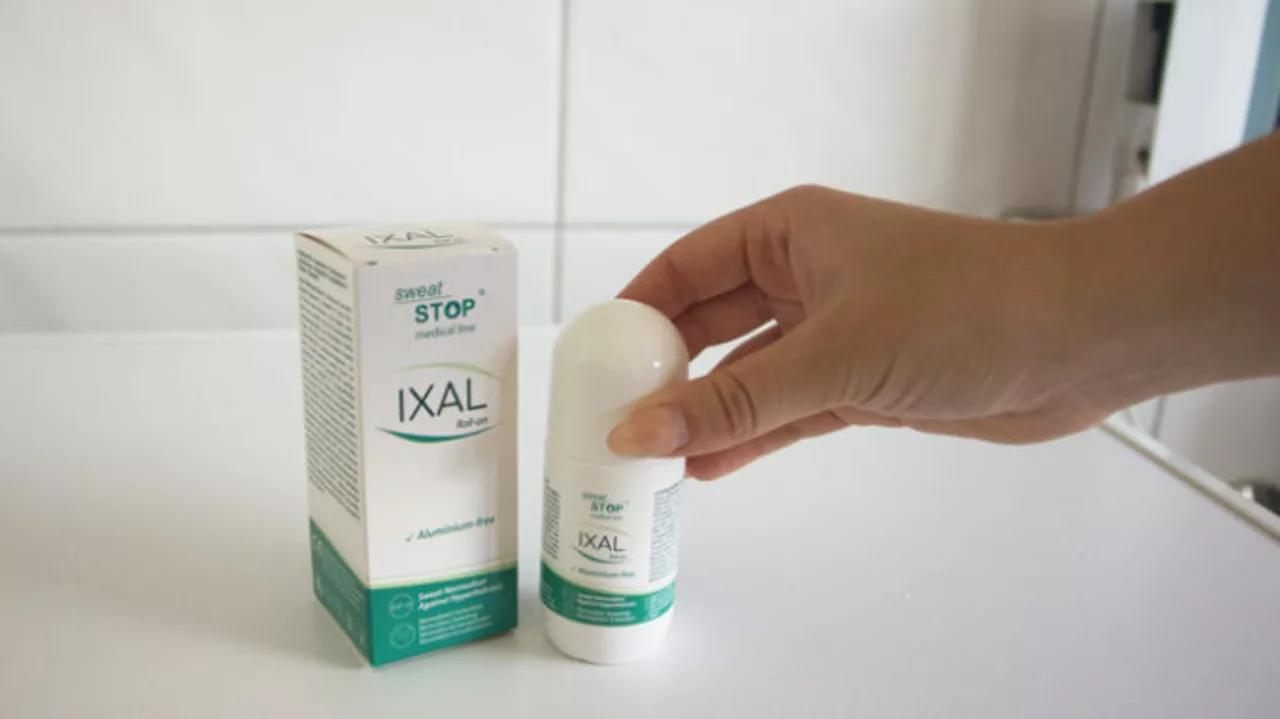Understanding Aluminium Hydroxide
Before diving into the function of aluminium hydroxide in antiperspirants, let's take a moment to understand what this compound is. Aluminium hydroxide, also known as Al(OH)3, is a common inorganic compound found in nature as the mineral gibbsite. It is a white crystalline powder that is insoluble in water but dissolves in acids and alkalis, forming salts and water.
Aluminium hydroxide is used in various industries, including water treatment, pharmaceuticals, cosmetics, and the production of antiperspirants. In this article, we will focus on its role in antiperspirants and how it helps to keep us fresh and dry throughout the day.
How Antiperspirants Work
Antiperspirants are personal care products that help to reduce sweat production and manage body odor. They work by temporarily blocking the sweat glands, preventing the release of sweat onto the skin's surface. This is achieved through the use of active ingredients, such as aluminium hydroxide, that react with sweat to form a gel-like substance that blocks the sweat glands.
By reducing the amount of sweat on the skin, antiperspirants also help to minimize the growth of bacteria responsible for body odor. This dual action makes antiperspirants an essential part of our daily hygiene routine.
Aluminium Hydroxide as an Active Ingredient
In antiperspirants, aluminium hydroxide serves as an active ingredient that helps to reduce sweating and control body odor. When applied to the skin, the aluminium hydroxide reacts with the moisture present in the sweat gland ducts, forming a gel-like plug that blocks the release of sweat.
This temporary blockage of the sweat glands allows for a significant reduction in sweat production, keeping you dry and comfortable throughout the day. The aluminium hydroxide also helps to neutralize the pH of the skin and inhibit the growth of odor-causing bacteria.
Safety of Aluminium Hydroxide in Antiperspirants
There has been some debate about the safety of using aluminium hydroxide in antiperspirants, mainly due to concerns about its potential link to Alzheimer's disease and breast cancer. However, numerous scientific studies and reviews have found no convincing evidence to support these claims.
The use of aluminium hydroxide in antiperspirants is considered safe by regulatory authorities such as the US Food and Drug Administration (FDA) and the European Scientific Committee on Consumer Safety (SCCS). These organizations have reviewed the available data and concluded that the use of aluminium hydroxide in antiperspirants poses no significant risk to human health.
Choosing the Right Antiperspirant
When selecting an antiperspirant, it's essential to consider factors such as the level of sweat protection you require, your skin type, and any specific concerns you may have. There are various formulations available, including roll-ons, sticks, and sprays, which can offer different levels of sweat protection and comfort.
For individuals with sensitive skin, it may be beneficial to choose an antiperspirant that is specifically formulated for sensitive skin or a product free of fragrances and other potential irritants. It's always a good idea to test new antiperspirants on a small area of skin before applying them to the entire underarm to ensure they don't cause any irritation or adverse reactions.
Proper Application of Antiperspirants
To maximize the effectiveness of aluminium hydroxide in antiperspirants, it's essential to apply the product correctly. This includes applying the antiperspirant to clean, dry skin, preferably at night before going to bed. This allows the aluminium hydroxide to form a plug in the sweat glands while you sleep, ensuring optimal sweat protection throughout the following day.
It's also important to apply the antiperspirant evenly across the entire underarm area and allow the product to dry completely before getting dressed. This ensures that the aluminium hydroxide has sufficient time to react with the sweat and form a protective barrier against perspiration and odor.
Alternatives to Aluminium Hydroxide
If you prefer to use an antiperspirant without aluminium hydroxide, there are alternative options available. These include products containing other active ingredients, such as aluminum zirconium tetrachlorohydrex gly, or natural antiperspirants that rely on plant-based ingredients to reduce sweat and odor.
Keep in mind that these alternatives may not offer the same level of sweat protection as antiperspirants containing aluminium hydroxide, so you may need to reapply them more frequently or explore other methods of sweat and odor control, such as wearing moisture-wicking fabrics or using body powders.
Conclusion
Aluminium hydroxide plays a crucial role in the effectiveness of antiperspirants by reducing sweat production and controlling body odor. Its use in antiperspirants is considered safe by regulatory authorities, and there are various formulations available to suit individual needs and preferences. By understanding the function of aluminium hydroxide in antiperspirants and how to apply these products correctly, you can enjoy a fresh and dry feeling throughout the day.


harvey karlin
May 7, 2023 AT 04:29Steve Dugas
May 7, 2023 AT 16:56Brandi Busse
May 9, 2023 AT 03:42Paul Avratin
May 9, 2023 AT 18:59Colter Hettich
May 9, 2023 AT 20:01Leilani Johnston
May 10, 2023 AT 17:22Kelly McDonald
May 12, 2023 AT 09:19lili riduan
May 12, 2023 AT 23:54Jensen Leong
May 13, 2023 AT 04:06Prem Mukundan
May 13, 2023 AT 08:02Tejas Manohar
May 14, 2023 AT 10:26Anil Bhadshah
May 14, 2023 AT 22:22Trupti B
May 16, 2023 AT 17:52Joe Gates
May 17, 2023 AT 06:08Mohd Haroon
May 18, 2023 AT 00:06